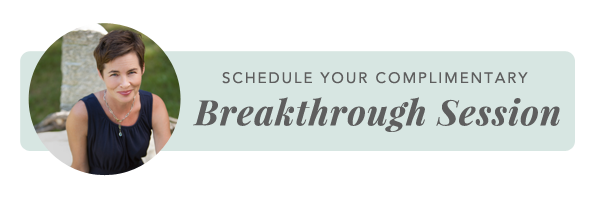As a kid, I lived down a long dirt road, far away from other houses, and dozens of miles from take-out fare of any kind. Moreover, I grew up with a mom who cooked everything—including bread, tortillas, and mayonnaise—from scratch; take-out for dinner, especially on Christmas, would have been the ultimate act of unloving indifference. So, when I suggested one year (after the birth of my second child), that we order Chinese food for Christmas eve (a break from cooking for me, with no extended family within 1500 miles), then drive around looking at lights (kids strapped into car seats—oh mercy of heaven—and the blissful chance to sit for an hour), while drinking hot chocolate (tiny hands busied and mouths delighted), I felt downright liberated. Bold. Revolutionary. And, as the years passed, delighted with our new beloved family tradition.
Read More

As the Romantic poet John Keats so beautifully reminds us, melancholy is native to joy (“Ay, in the very temple of Delight/Veil'd Melancholy has her sovran shrine”), but not because there’s some universal law that taxes us with a measure of pain for every dollar of pleasure we spend: as Keats suggests, the mournful emotions are inherent in, not a complement to, the emotions of ecstasy and delight. This distinction—between “inherent in” and “complement to”—is key to cultivating a life of full potential, a deliberate way of thinking and being that fosters active engagement, expansive happiness, and genuine purpose. If we can understand the mournful emotions, in all their aching and sometimes baffling intensity, as inherent in, not anathema to happiness and pleasure, we will go a long way towards short-circuiting the symptoms of self-doubt and second-guessing that tip us from embracing our “wakeful anguish” into indulging our fearful wish to stay small and safe.
Read More


